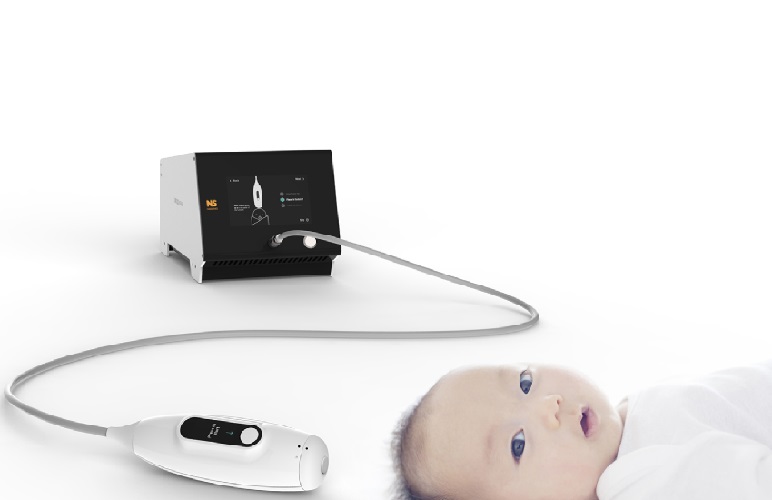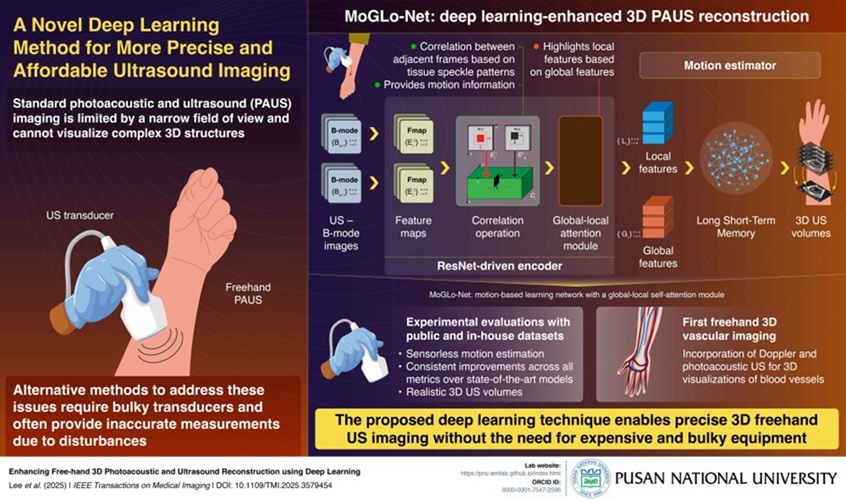Imaging Modality Combining Ultrasound and Supercomputing Could Revolutionize Breast Cancer Detection
Posted on 17 May 2022
Breast cancer is the most frequently diagnosed type of tumor in the world, with 2.3 million women diagnosed in 2020 and 700,000 deaths due to this disease that same year. Early detection is therefore essential, since, if successful, survival at five years after diagnosis is as high as 90%. Mammography is one of the most widely used methods to detect breast cancer and has saved millions of lives. However, there are studies that claim that it can give false positives and alert of a possible tumor that is not found later in the screening phase. Now, a new imaging modality aims to improve breast cancer diagnosis and potentially replace mammograms.
The Barcelona Supercomputing Center (BSC, Barcelona, Spain) is coordinating QUSTom (Quantitative Ultrasound Stochastic Tomography), a new European project that aims to introduce a new medical imaging modality based for the first time on ultrasound and supercomputing, which will complement or even replace current techniques that use X-rays such as mammograms. The consortium brings together physicists, engineers, exploitation experts and radiologists with the aim of applying the technology to patients for radiation-free, accurate and scalable breast cancer diagnosis. The technology will be completely safe for patients as it does not use any type of radiation. It will also offer a superior image quality and better monitoring of tumors, among other advantages.

The algorithms that will be developed to obtain the medical images will offer two types of images simultaneously: the image of the patient's tissue, and the image of its associated uncertainty, which shows, pixel by pixel, how reliable the information is. The project also incorporates concepts such as multimodal imaging and real 3D imaging, which is an unprecedented combination in ultrasound breast imaging. These algorithms, which will be developed using supercomputers within the BSC, will be inspired by others that have proven effective in completely different research areas such as the analysis of the earth's subsurface.
"QUSTom poses an excellent opportunity to bring ultrasound imaging to the next level. Interestingly enough, the revolution that we propose comes, not just from an extraordinary imaging device, but from the imaging algorithms used to generate unprecedented ultrasound images. Images that we can fairly compare to those obtained with MRI,” said BSC researcher and project coordinator Josep de la Puente. "We are very ambitious and plan for validation of the technology within the project's lifetime. We are also working on a roadmap towards its actual exploitation, we don't want this technology sitting in the lab. We are leaving no stone unturned towards satisfying what is, in our eyes, an urgent need for the female population worldwide. The challenge is huge but all of our partners and associates are extraordinarily committed and motivated towards our mission."
Related Links:
Barcelona Supercomputing Center














